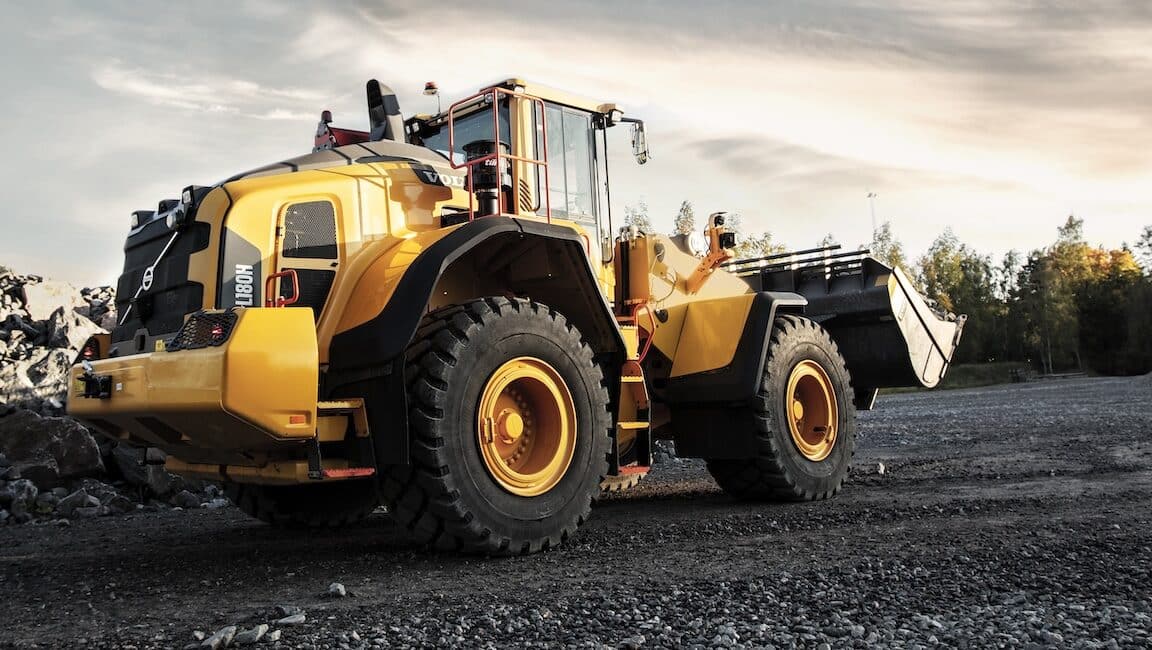
Is your wheel loader operating efficiently? As the product manager for wheel loaders at Volvo, I’m frequently asked this question.
Efficiency boils down to cutting costs and moving more material per cycle simultaneously. Achieving both means substantial savings in operating costs.
To illustrate, we compared Volvo wheel loaders with counterparts from another brand. Here’s what we found:
Test 1 Scenario: Volvo L150H vs. Top Competitor
In short cycle loading:
- Volvo L150H saw 35% higher fuel efficiency
- 28% lower fuel consumption
- 20% higher productivity
- 4% shorter cycle times
In load and carry:
- 25% better fuel efficiency
- 23% lower fuel consumption
- 10% better productivity
- 5% shorter cycle times
Test 2 Scenario: Volvo L220H vs. Top Competitor
In short cycle loading:
- Volvo L220H saw 30% higher fuel efficiency
- 22% lower fuel consumption
- 10% higher productivity
- 8% shorter cycle times
In load and carry:
- 30% better fuel efficiency
- 30% lower fuel consumption
- 10% better productivity
- 10% shorter cycle times
What do these numbers mean for you? Let’s break it down:
For instance, with the Volvo loader, you could potentially save $23,040 yearly by reducing costs by 2 cents per ton.
When assessing wheel loader efficiency, it’s crucial to consider both fuel consumption and material moved per consumed fuel. Some loaders may burn less fuel but move less material, nullifying any savings. Ask the right questions to ensure you’re getting the most efficient loader for your work.
If you need assistance evaluating your current wheel loaders, contact your local Nuss Volvo CE dealer. We’re here to help you optimize efficiency.

